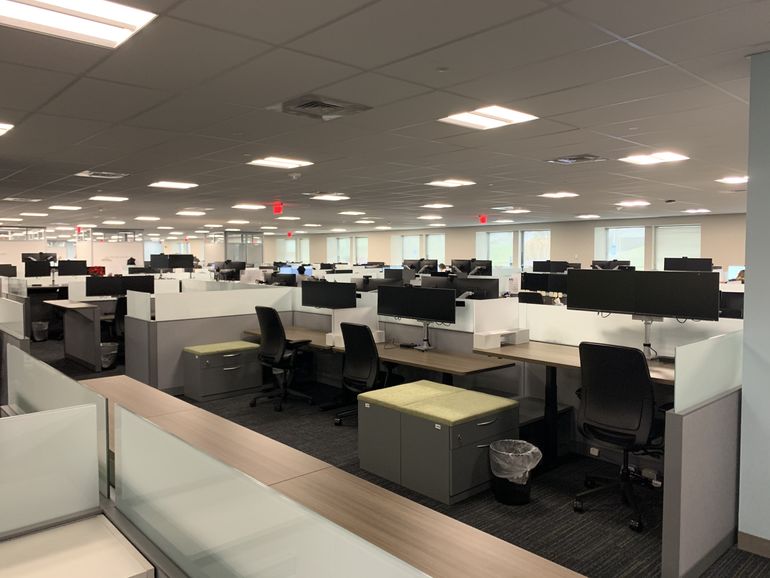Processing Your Payment
Please do not leave this page until complete. This can take a few moments.
-
News
-
Editions
-
- Lists
-
Viewpoints
-
HBJ Events
-
Event Info
- 2024 Economic Outlook Webinar Presented by: NBT Bank
- Best Places to Work in Connecticut 2024
- Top 25 Women In Business Awards 2024
- Connecticut's Family Business Awards 2024
- What's Your Story? A Small Business Giveaway 2024 Presented By: Torrington Savings Bank
- 40 Under Forty Awards 2024
- C-Suite and Lifetime Achievement Awards 2024
- Connecticut's Health Care Heroes Awards 2024
-
-
Business Calendar
-
Custom Content
- News
-
Editions
View Digital Editions
Biweekly Issues
- April 29, 2024
- April 15, 2024
- April 1, 2024
- March 18, 2024
- March 4, 2024
- February 19, 2024
- February 5, 2024
- January 22, 2024
- January 8, 2024
- + More
Special Editions
- Lists
- Viewpoints
-
HBJ Events
Event Info
- View all Events
- 2024 Economic Outlook Webinar Presented by: NBT Bank
- Best Places to Work in Connecticut 2024
- Top 25 Women In Business Awards 2024
- Connecticut's Family Business Awards 2024
- What's Your Story? A Small Business Giveaway 2024 Presented By: Torrington Savings Bank
- 40 Under Forty Awards 2024
- C-Suite and Lifetime Achievement Awards 2024
- Connecticut's Health Care Heroes Awards 2024
Award Honorees
- Business Calendar
- Custom Content
Office space — visioning the post-pandemic frontier
 Photo | Contributed
Travelers Cos.' Windsor Street office space.
Photo | Contributed
Travelers Cos.' Windsor Street office space.
The office environment of the post-COVID business world will be driven as much by health and safety/HR considerations as by concerns for business efficiency and creature comforts.
That was the consensus of a Wednesday panel discussion on “The New Landscape in Office Design,” part of a weekly series convened by the Connecticut/Western Mass. chapter of the Society of Industrial & Office Realtors (SIOR). The virtual conversation was joined by more than 30 commercial Realtors as well as representatives of architectural firms and office-furnishings suppliers.
Moderator Tom Pajolek of CBRE’s Stamford office noted that “We’ve seen the market pretty much in pause over the last 60 days” after offices emptied out beginning in mid-March, “and there’s a lot of concern over how we move forward from here — ranging from protocols in buildings to how we lay work spaces out to what procedures and policies we put in place to keep people safe and make them feel comfortable coming back to work.”
As workers gradually return to office environments, what does the post-pandemic workspace look like? In addition to social distancing, many office spaces are certain to feature not-so-social distancing in the form of screens and glass or plexiglass panels separating desks and other stationary work areas.
In spaces where humans move about and circulate, standup sanitizer stations will be ubiquitous. And speaking of sanitation, many companies have already banished food and drinks, including shared refrigerators and vending machines, in pantries and break rooms.
According to panelist Dan De Clercq, principal of De Clercq Office Group, which leases office furnishings, companies can enforce social distancing through means that are both chronological (staggered schedules and workflow) and physical (staggered seating/workstations).
Many SIOR members and other commercial Realtors have fretted that while the pandemic has taught organizations the extent to which employees can function remotely is greater than previously imagined, conversely, the need for physical separation means that many employers “are going to take more [office] space” within the foreseeable future.
Corporate interior designer Jennifer Gaggion, principal of Design Your Monday in East Hartford, agreed that “Offices will need larger spaces to accommodate” bringing meeting areas into open spaces to socially distance workers from one another.
Pajolek noted that the new reality marks a reversal of the long-term trend to “densify” office spaces to make them more cost-efficient.
“It used to be 300 [square] feet per employee, then over time it got down to 100 feet,” he said.
No matter how fast or slow, it appears inevitable that most workers will ultimately return to their employers’ places of business. “I’m hearing more and more that people are tired of working from home,” De Clercq said.
Gaggion added that while many temporarily homebound workers initially appreciated the enhanced opportunity for work-life balance promoted by staying in one place, “When it comes to the workplace there is a certain level of community that you get,” she said. Spontaneous encounters, interactions and conversations among workers in shared spaces can spark creative solutions to common challenges, Gaggion said.
And they often do.

2022 Giving Guide
This special edition informs and connects businesses with nonprofit organizations that are aligned with what they care about. Each nonprofit profile provides a crisp snapshot of the organization’s mission, goals, area of service, giving and volunteer opportunities and board leadership.
Learn more
Subscribe
Hartford Business Journal provides the top coverage of news, trends, data, politics and personalities of the area’s business community. Get the news and information you need from the award-winning writers at HBJ. Don’t miss out - subscribe today.
Subscribe
2024 Book of Lists
Delivering Vital Marketplace Content and Context to Senior Decision Makers Throughout Greater Hartford and the State ... All Year Long!
Read Here-
2022 Giving Guide
This special edition informs and connects businesses with nonprofit organizations that are aligned with what they care about. Each nonprofit profile provides a crisp snapshot of the organization’s mission, goals, area of service, giving and volunteer opportunities and board leadership.
-
Subscribe
Hartford Business Journal provides the top coverage of news, trends, data, politics and personalities of the area’s business community. Get the news and information you need from the award-winning writers at HBJ. Don’t miss out - subscribe today.
-
2024 Book of Lists
Delivering Vital Marketplace Content and Context to Senior Decision Makers Throughout Greater Hartford and the State ... All Year Long!
ABOUT
ADVERTISE
NEW ENGLAND BUSINESS MEDIA SITES
No articles left
Get access now
In order to use this feature, we need some information from you. You can also login or register for a free account.
By clicking submit you are agreeing to our cookie usage and Privacy Policy
Already have an account? Login
Already have an account? Login
Want to create an account? Register
Get access now
In order to use this feature, we need some information from you. You can also login or register for a free account.
By clicking submit you are agreeing to our cookie usage and Privacy Policy
Already have an account? Login
Already have an account? Login
Want to create an account? Register






0 Comments